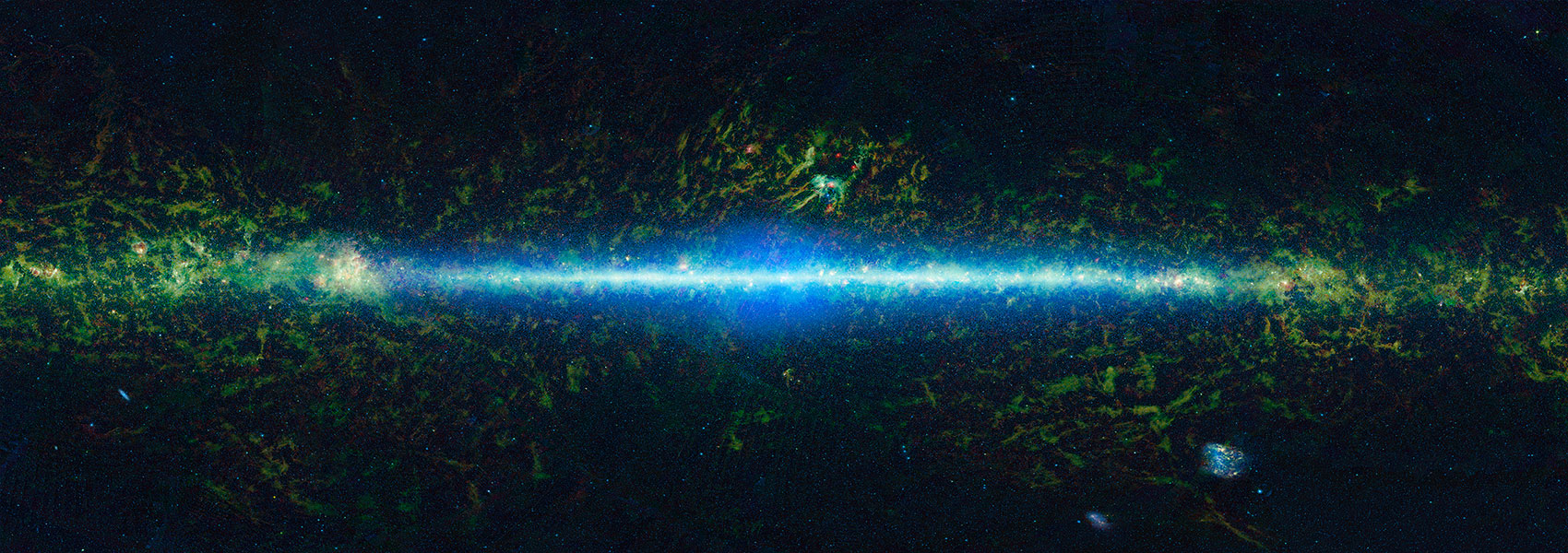July
2016
•
2016ApJ...825..113D
Authors
•
Darvish, Behnam
•
Mobasher, Bahram
•
Sobral, David
•
Rettura, Alessandro
•
Scoville, Nick
•
Faisst, Andreas
•
Capak, Peter
Abstract
•
We study the effects of the local environment and stellar mass on galaxy properties using a mass complete sample of quiescent and star-forming systems in the COSMOS field at z≲ 3. We show that at z≲ 1 the median star formation rate (SFR) and specific SFR (sSFR) of all galaxies depend on the environment, but they become independent of the environment at z ≳ 1. However, we find that only for star-forming galaxies, the median SFR and sSFR are similar in different environments regardless of redshift and stellar mass. We find that the quiescent fraction depends on the environment at z ≲ 1 and on stellar mass out to z ∼ 3. We show that at z ≲ 1 galaxies become quiescent faster in denser environments and that the overall environmental quenching efficiency increases with cosmic time. Environmental and mass quenching processes depend on each other. At z ≲ 1 denser environments more efficiently quench galaxies with higher masses (log(M/{M}⊙ ) ≳ 10.7), possibly due to a higher merger rate of massive galaxies in denser environments. We also show that mass quenching is more efficient in denser regions. We show that the overall mass quenching efficiency ({ɛ }{mass}) for more massive galaxies (log(M/{M}⊙ ) ≳ 10.2) rises with cosmic time until z ∼ 1 and then flattens out. However, for less massive galaxies, the rise in {ɛ }{mass} continues to the present time. Our results suggest that environmental quenching is only relevant at z ≲ 1 and is likely a fast process, whereas mass quenching is the dominant mechanism at z ≳ 1 with a possible stellar feedback physics.
Links




